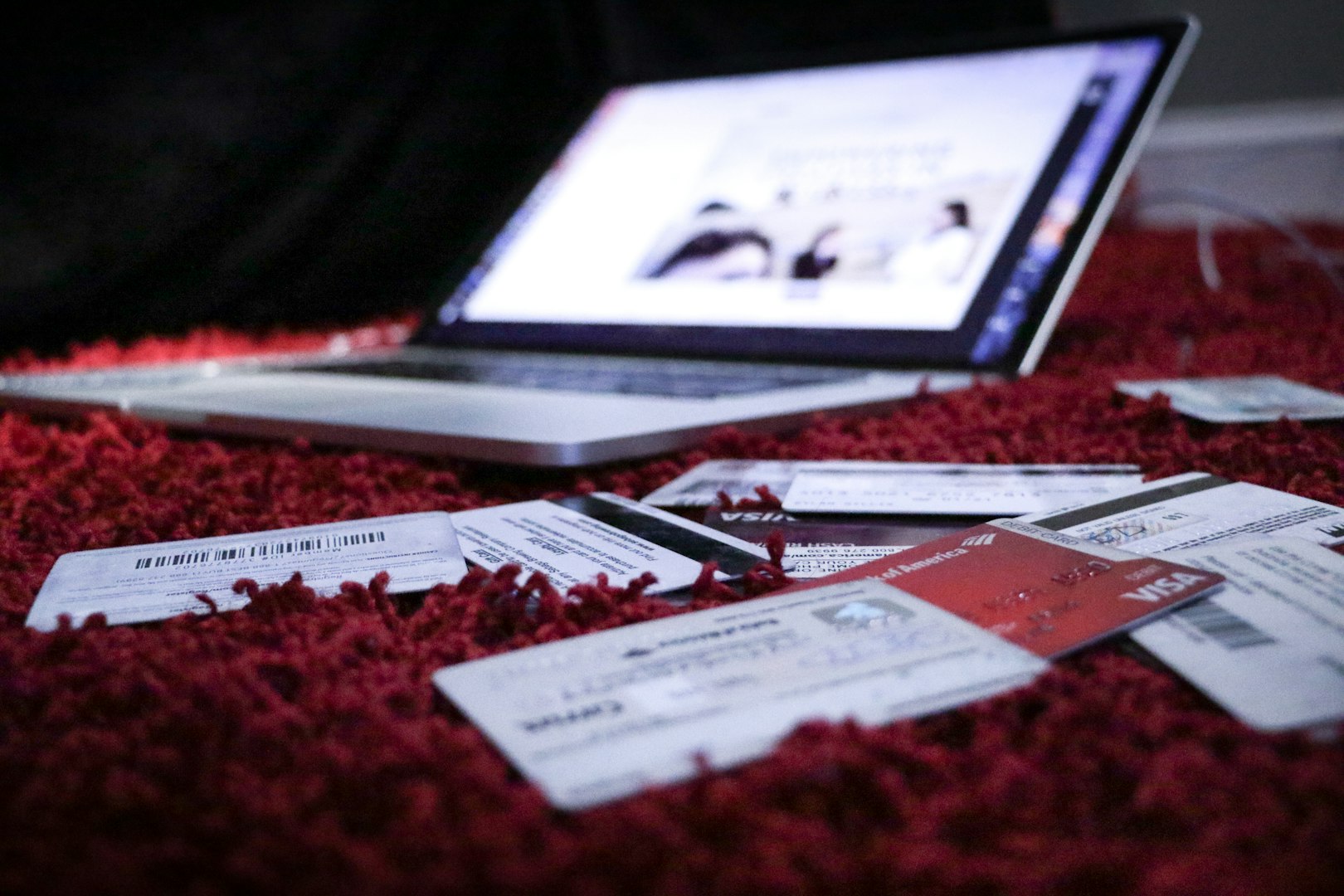Privacy is the ability of an individual or group to seclude themselves or information about themselves, and thereby express themselves selectively. - Wikipedia
Why coaching?
There's a lot of information out there on protecting your digital rights; some of it probably doesn't apply to you, some of it's outdated, and some is confusing, misleading, or outright predatory. I will guide you through a personalised plan to manage and maintain your privacy and security, saving you time, and avoiding many common mistakes. You will learn fundamental skills that you can utilise every day.
What are digital rights?
Digital rights are the human and legal rights that allow individuals to access, use, create, and publish digital media, as well as to use computers and telecommunications networks. These rights include privacy, freedom of expression, and the right to access information online; ensuring that the same rights people have offline are also respected in the digital space. - Wikipedia
Privacy coaching addresses three fundamental aspects of digital rights; privacy, security, and anonymity.
Learn to protect yourself
Below are several common threats that I can assist you in managing.

Identity theft, doxxing, data leaks
The unauthorised use of personal information for fraud, is a constant concern.
Doxxing, maliciously exposes private information without consent, jeopardising privacy and safety.
Data leaks can reveal sensitive information, increasing vulnerability.

Hacking, phishing, ransomware
Hackers gain unauthorised access to systems or networks, often to steal or manipulate data.
Phishing, tricks individuals into revealing personal information, like passwords or credit card numbers, by posing as a trustworthy source in electronic communications.
Ransomware encrypts a victim's files, rendering them inaccessible until a ransom is paid to the attacker. Attackers often steal a copy of your data and attempt double or even triple extortion.

Impersonation scams
These scams leverage artificial intelligence to create convincing facsimiles of real individuals, often mimicking their voice, appearance, and mannerisms. As a result, they can exploit personal information and gain trust in a way that traditional scams struggle to achieve.
With the rise of deepfake tech and machine learning, impersonation attempts are becoming more common and harder to identify.

Stalkers, bullies, trolls
Stalkers invade victims' privacy and display obsessive behaviour, causing emotional distress.
Bullies, on the other hand, engage in aggressive and intimidating actions that undermine the confidence of their targets, creating a toxic environment.
Meanwhile, trolls engage in disruptive online behaviour with the intent to provoke and upset others, often hiding behind screens to deliver their hurtful comments without accountability.

Mass surveillance & data collection
Widespread surveillance raises numerous ethical and privacy concerns, prompting debates on the balance between security and personal freedoms.
Governments and corporations are capable of collecting and storing vast amounts of data, tracking online behaviour, and analysing it to create detailed profiles of individuals.
These practices damage our civil liberties, and challenge our understanding of consent and accountability in the digital age.

Propaganda and misinformation
The ease with which misleading narratives can be disseminated online, combined with the sophisticated algorithms that prioritise sensational content over factual accuracy, has created an environment where the lines between truth and deception have become alarmingly blurred.
As a result, understanding the mechanisms behind propaganda and recognising the tactics used in spreading misinformation have never been more critical in navigating the complexities of today’s digital landscape.
Privacy Protection Phases
I will guide you through each phase, for comprehensive protection of your digital rights.
Define your threat model
Identifying potential threats is essential. A well-developed threat model leads to effective, tailored security measures.
Assess the situation
Assess your current situation, existing protection measures, and identify areas for improvement.
Reduce published PII
Reduce the amount of personally identifiable information (PII) you've published online.
Lock it down
Secure your devices, accounts, and communications - mitigating hacking, account breaches, and data leaks.
Maintain digital hygiene
Develop a strategy for maintaining digital hygiene that's appropriate for your threat model.
Plan for disaster
Outline responses to each of the threats identified in your threat model, as well as traditional threats such as natural disasters, and equipment failures.
What is the coaching process?
Sessions are approximately one hour long. All sessions are conducted via video or audio call, using an end-to-end encrypted client, such as Signal or SimpleX.
First session is free
This session is focused on understanding your goals and expectations, your current level of computer skills, the devices and services you use regularly, and your learning preferences.
If I believe I can help you achieve your goals, and you're comfortable to proceed, we can schedule our next session. Once scheduled, I will send you an invoice that must be paid in-full prior to our next session.
Threat modelling
We'll identify the information you want to protect, whom you want to protect it from, the risk and consequences of that information being exposed, and the measures you're willing to take to prevent that from happening. Privacy and security are not confined to the digital realm, so we'll also discuss physical vulnerabilities.
Threat modelling may take longer than a single session. Your threat model should be reviewed and updated periodically.
Threat mitigation & beyond
With the information gathered during our initial sessions, I'll begin formulating your personalised plan. I'll provide you with an estimate of the number of sessions we'll need to complete the plan and achieve your goals.
When you're ready to proceed, we can book our next session to begin improving your privacy, security, and anonymity. Once again, I'll send you an invoice that must be paid in-full prior to our next session.
